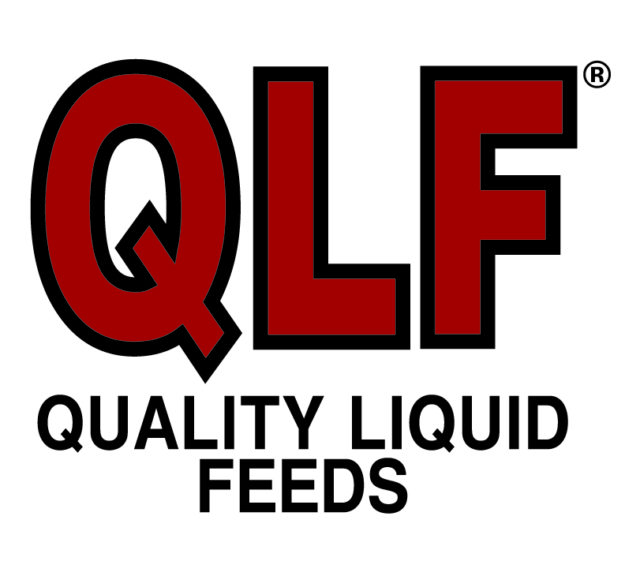The next week, 25 head of 700-pound feeders show up. The fencing that was sufficient for your cattle for the last several years doesn’t seem to be sufficient for the feeder steers.
Then it turns dry. The grass is suffering at the stocking rate and the water source begins to dry up. The cattle producer asks you to fix the fence and haul water to the cattle.
You are caught off-guard. There was no mention that additional water and improved fencing was expected.
The cattle are larger than you expected, and you are worried about the condition of the pasture. Tensions rise. Who is responsible for what?
The question of “who is responsible for what” is a good question that ideally is asked before problems arise. And that is the objective of a lease agreement or contract.
Many resist contracts on the assumption that they imply distrust of the other or reduce the agreement to a pure business transaction void of relationship.
This is not necessarily the case. A good contract fosters communication that preserves relationships in difficult times.
Some problems can be avoided with a good lease contract
-
Size and number of animals on the land – The landowner wants to preserve the quality of the pasture by limiting the amount of grass consumed by the cattle.
When a landowner agrees to allow cattle on his property, is it an open arrangement or a clearly understood quantity of grass that he is providing?
For example, the term “animal unit” is commonly used when discussing cattle feeding. But what is an animal unit?
Historically, an animal unit means a 1,000-pound beef cow with or without a calf less than 3 months old.
What if the cow is larger than 1,000 pounds? What if the calf stays on the pasture for the first six months of life? When does this begin to exceed the expected stocking capacity of the pasture?
By clearly defining how many pounds of animal constitute an animal unit and stipulating the maximum number at any one time, both landowner and livestock producer understand the expectations of the other.
-
Pasture amenities – With fewer crop producers owning cattle to graze pasture, the pasture they do own becomes less of a management concern.
They are not thinking of the quality of fences, the reliability of water sources and using their barns or structures to shelter cattle from the elements.
But it might be assumed by the cattle producer that the landowner would want to maintain the value of his pasture investment by maintaining the fences, water sources and shelters.
Again, the contract can clarify who is going to be responsible for fixing fence and whether or not the cattle are permitted in a shed during a snowstorm.
-
Management – Often a cattle producer has cattle scattered across the country on multiple pastures.
The landowner may be closer to the cattle than the cattle producer. Surely if something is amiss – the cattle get out or need to be moved to shelter – the landowner would undertake that as a courtesy.
Maybe. The lease contract would once again allow the two to discuss what is expected of the other before these inconveniences occur.
Far from being a document that implies distrust, the lease contract can be a document that allows both landowner and cattle producer to discuss what exactly the other wants in a pasture lease.
As the discussion progresses, the agreement can be written to make sure that each agrees. It is amazing how seeing the agreement on paper embeds the agreement in the mind.
Each party bringing a desired contract as a starting point will speed along the negotiations. ![]()
For help with pasture leases, the North Central Extension Farm Management Committee has updated its pasture lease guide and template, intended for landowners and producers alike.
PHOTO
Beef cattle laying in a pasture. Photo by Mike Dixon.

Ray Massey
Department of Agricultural and Applied Economics
University of Missouri






